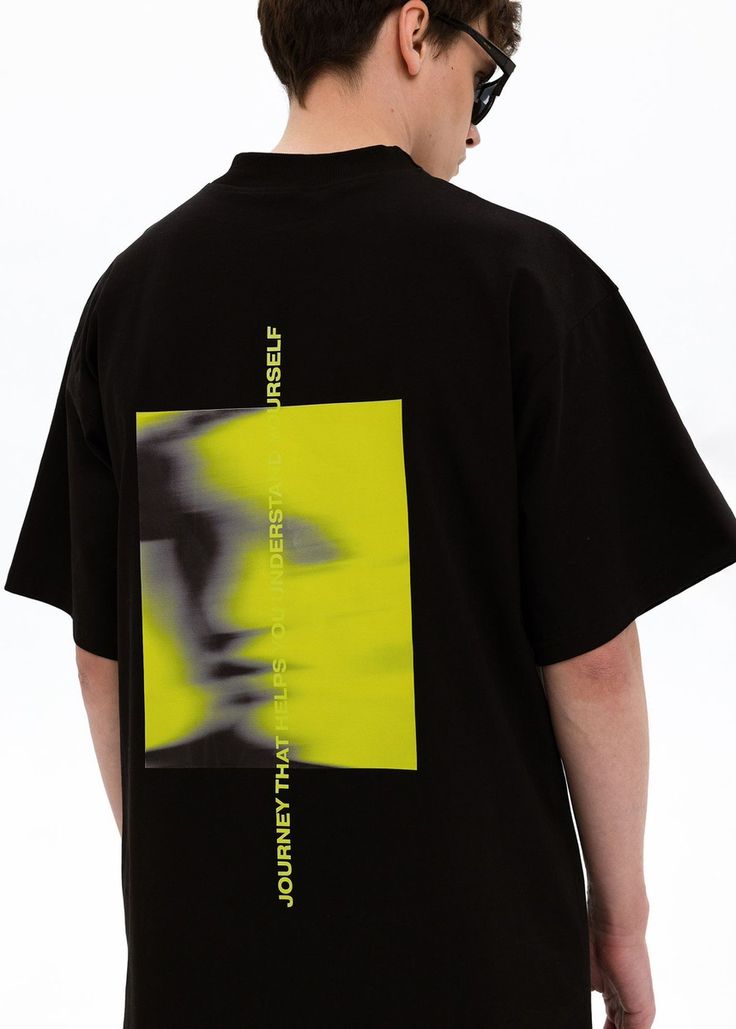
The Evolution of T-Shirt Necklines: From Crewnecks to Asymmetry in 2025
In 2025, fashion is more than just clothing—it’s a powerful form of self-expression. Among the standout trends this year, statement T-shirts with bold prints and
T-shirts have long been a staple in wardrobes worldwide, evolving with fashion trends and cultural influences. Over the years, different fits have risen and fallen in popularity, reflecting societal shifts and consumer preferences. In 2025, the evolution of T-shirt fits has reached a fascinating point, with relaxed silhouettes dominating the industry after years of form-fitting styles. This article explores the transformation from slim to relaxed T-shirt fits, the driving forces behind these changes, and what the future holds for this essential fashion piece.
Slim fit T-shirts gained immense popularity in the early 2000s and remained a dominant style for years. Designed to hug the body closely, these tees accentuated physique and created a sharp, tailored look. They became a favorite among fashion-conscious individuals who sought a sleek, polished appearance.
One of the biggest influences behind slim fit T-shirts was the rise of athleisure and fitness culture. As more people focused on body sculpting, they gravitated towards clothing that highlighted their toned figures. Additionally, luxury fashion brands incorporated slim fits into their collections, reinforcing the idea that well-fitted clothing exuded sophistication and style.
While slim fit T-shirts remained a strong trend for nearly two decades, by the early 2020s, a shift toward more relaxed and comfortable silhouettes had begun.
The movement toward looser fits was influenced by multiple factors, including the growing emphasis on comfort, changing workplace dress codes, and the rise of streetwear culture. The pandemic years significantly impacted fashion, as people sought comfortable, breathable clothing while working from home. This shift in mindset carried over even after normal routines resumed, leading to a preference for relaxed fits over tight and restrictive apparel.
Streetwear also played a major role in the transition. Oversized and boxy T-shirts became a core element of urban fashion, embraced by designers and influencers alike. Hip-hop artists, skaters, and celebrities popularized the look, making relaxed fits not just comfortable but also stylish and edgy.
Another key driver was sustainability. Loose-fitting clothing generally allows for longer wearability, reducing the need for frequent replacements. Consumers became more conscious of the environmental impact of fast fashion and sought timeless, durable pieces over trendy, short-lived styles.
By 2025, relaxed T-shirt fits have become the new norm. Modern T-shirts are designed with dropped shoulders, extended hemlines, and roomier cuts, allowing for maximum comfort and effortless styling. This trend reflects a broader cultural shift toward self-expression and individuality in fashion.
One of the standout features of relaxed T-shirts is their versatility. They can be dressed up or down, layered for different seasons, and styled in various ways to suit different aesthetics. The gender-neutral aspect of oversized T-shirts has also contributed to their widespread acceptance, as fashion continues to break traditional boundaries.
Fabric innovation has further propelled the popularity of relaxed fits. In 2025, brands are incorporating sustainable, breathable materials like organic cotton blends, bamboo fibers, and moisture-wicking fabrics to enhance comfort without compromising style. These advancements ensure that relaxed T-shirts are not just trendy but also functional and long-lasting.
While relaxed fits dominate the current landscape, fashion is always evolving. Looking ahead, we may see hybrid designs that blend elements of both slim and relaxed fits, offering structure while maintaining comfort. Adjustable silhouettes, with features like drawstrings and elastic elements, could emerge as a new trend, giving wearers the ability to customize their fit according to their preferences.
Sustainability will continue to shape the industry, with a greater focus on biodegradable fabrics and circular fashion practices. Customization and personalization may also gain momentum, allowing consumers to tailor T-shirt fits to their body types and style preferences through AI-driven design technology.
The journey from slim fit to relaxed T-shirts reflects the ever-changing nature of fashion and consumer needs. As society embraces comfort, self-expression, and sustainability, relaxed T-shirts have become the defining style of 2025. While trends will continue to evolve, the emphasis on functionality and inclusivity will likely remain at the heart of future T-shirt designs.

In 2025, fashion is more than just clothing—it’s a powerful form of self-expression. Among the standout trends this year, statement T-shirts with bold prints and

T-shirts have long been a staple in wardrobes worldwide, evolving with fashion trends and cultural influences. Over the years, different fits have risen and fallen